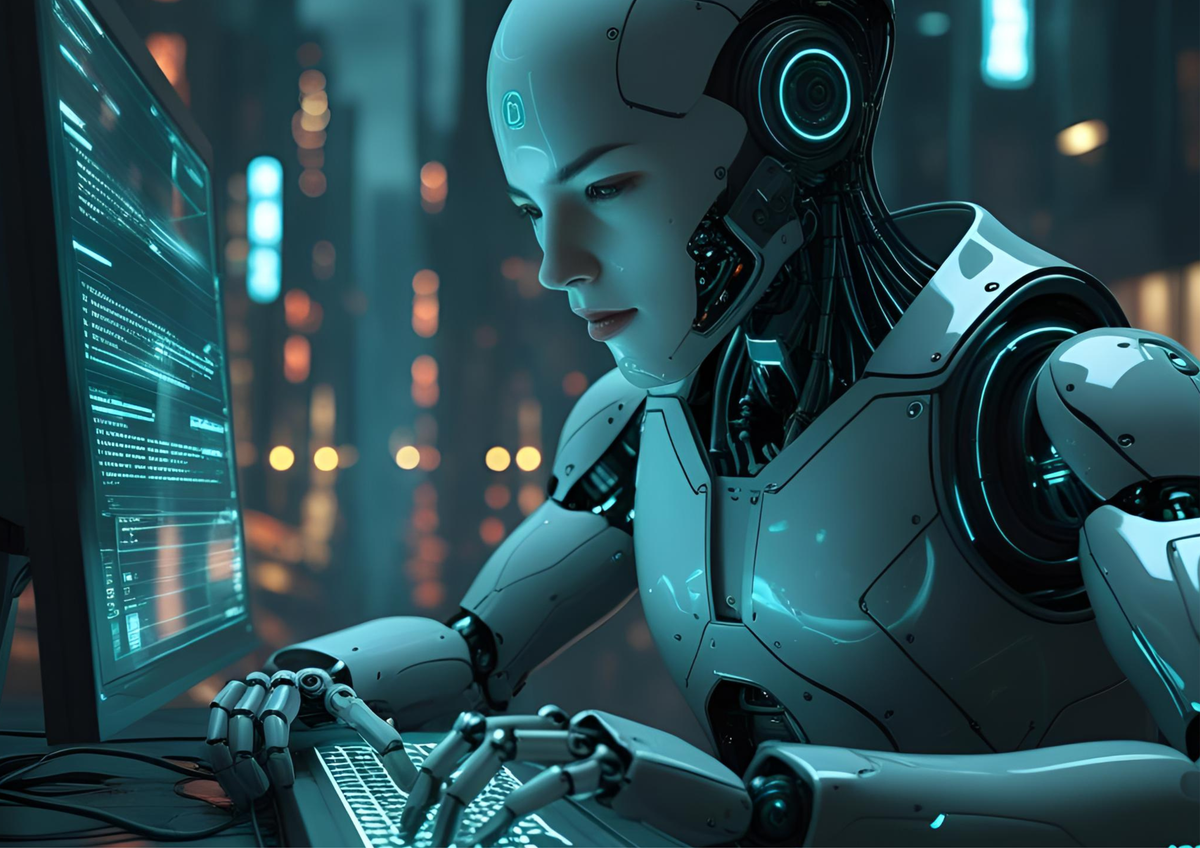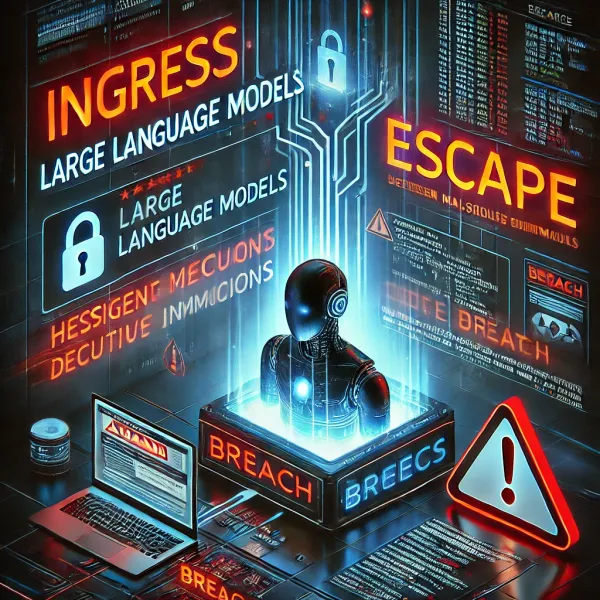Why AI Won't Replace Penetration Testers Anytime Soon

As artificial intelligence continues to transform industries across the board, many organisations are questioning whether traditional cybersecurity roles will become obsolete. While AI brings valuable capabilities to the security landscape, the notion that it could replace skilled red team professionals and penetration testers reflects a fundamental misunderstanding of what these roles entail. At SilentGrid Security, our experience demonstrates that human expertise remains irreplaceable in delivering comprehensive adversary simulation and penetration testing services.
The Irreplaceable Human Element
Custom Tool Development and Innovation
One of the most significant advantages human consultants bring to engagements is their ability to develop proprietary tools and techniques. Our consultants regularly build custom solutions that don't exist in the public domain—tools that AI systems cannot have been trained on simply because they haven't been created yet. This capability ensures that our assessments reflect real-world scenarios where threat actors develop novel attack methods rather than relying solely on known techniques.
Client-Centric Approach Throughout Engagements
Effective red teaming and penetration testing requires continuous client interaction across three critical phases:
- Pre-engagement consultation enables us to understand specific client requirements, risk tolerances, and operational constraints. This tailored approach ensures that each assessment addresses the organisation's unique threat landscape and business objectives.
- During-engagement communication allows our consultants to adapt their approach in real-time, verifying that testing activities won't cause unintended disruption to critical business systems. This ongoing dialogue is essential for maintaining operational continuity while still delivering thorough security assessments.
- Post-engagement analysis provides clients with detailed explanations of methodologies, findings, and actionable remediation strategies. Our consultants can contextualise results within the client's specific environment and industry requirements.
Research and Development Integration
Our commitment to research and development ensures that our engagements incorporate the latest threat intelligence and attack techniques. This ongoing innovation cycle feeds directly into our client work, providing assessments that reflect current threat actor capabilities rather than historical attack patterns.
Current AI Limitations in Security Testing
1) Technical Capabilities and Reasoning
While AI has made remarkable advances, current systems remain limited to entry-level security assessments. The complex reasoning required for advanced adversary simulation—understanding system interconnections, predicting defensive responses, and adapting attack strategies in real-time—exceeds current AI capabilities.
2) Knowledge Currency and Adaptability
AI training models typically have knowledge cutoffs that can be months behind current threats. In the rapidly evolving cybersecurity landscape, this limitation means AI-based assessments may miss emerging attack vectors or fail to account for recently discovered vulnerabilities. Human consultants, conversely, continuously update their knowledge and adapt their techniques based on current threat intelligence.
3) Verification and Impact Assessment
AI systems are subject to hallucinations and may produce findings without adequate verification or understanding of actual business impact. Professional red teamers apply contextual judgment to distinguish between theoretical vulnerabilities and genuine business risks, ensuring that organisations can prioritise their security investments effectively.
4) Leveraging Human Strengths
The most effective security professionals excel in areas where human cognition remains superior:
- Strategic thinking: Developing comprehensive attack scenarios that reflect realistic threat actor behaviour
- Planning and adaptation: Adjusting methodologies based on discovered information and changing circumstances
- Problem-solving: Addressing novel security challenges that don't fit established patterns
- Decision-making: Balancing thoroughness with operational impact throughout engagements
AI as a Force Multiplier
This isn't to suggest that AI has no place in modern security testing. When properly deployed, AI can enhance human capabilities by:
- Accelerating routine tasks and data analysis
- Facilitating rapid prototyping of security tools
- Providing reference material for emerging technologies
- Processing large datasets to identify patterns and anomalies
The most effective approach combines AI's computational strengths with human strategic thinking and contextual understanding.
The Evolving Threat Landscape
It's worth noting that threat actors are also leveraging AI capabilities to enhance their operations. AI enables attackers to overcome traditional barriers such as technical knowledge requirements and language limitations. More concerningly, AI-powered tools are making targeted phishing campaigns more effective, while deep fake technology introduces entirely new threat vectors.
This evolution means that defensive strategies must account for more sophisticated, AI-enhanced attacks. Organisations that rely solely on AI-driven defences may find themselves unprepared for human adversaries who combine AI tools with strategic thinking and adaptability.
The Path Forward
The cybersecurity industry stands at an inflection point where AI capabilities are expanding rapidly, but human expertise remains essential for comprehensive security assessments. Organisations seeking to understand their true security posture need partners who can combine cutting-edge technology with deep human insight.
At SilentGrid Security, we recognise that the future of offensive cybersecurity lies not in replacing human expertise with AI, but in augmenting our consultants' capabilities with appropriate technology. This approach ensures our clients receive assessments that reflect both current threat actor capabilities and the nuanced understanding that only experienced security professionals can provide.
The question isn't whether AI will eventually play a larger role in cybersecurity—it certainly will. The question is whether organisations will choose partners who understand how to effectively combine technological capabilities with irreplaceable human insight. In an environment where threats continue to evolve rapidly, that combination remains the gold standard for comprehensive security assessment.




